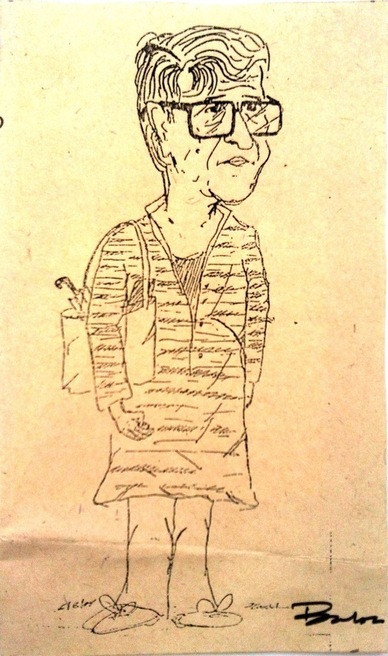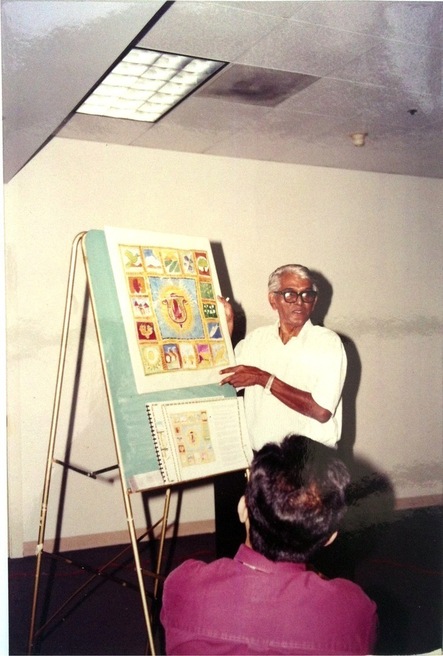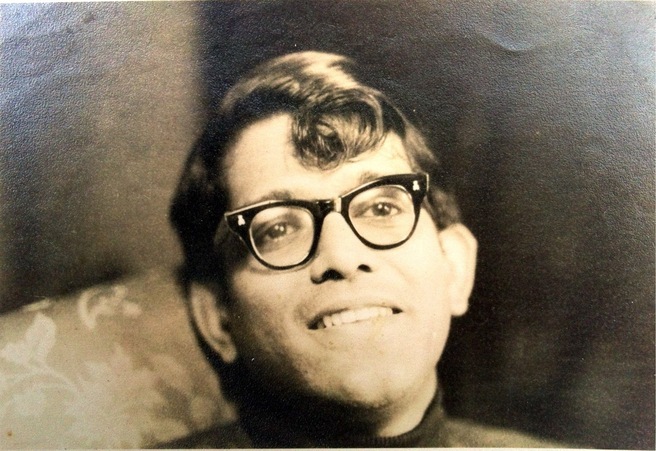Parab came back to India in the early 70’s and fate provided an opportunity that pretty much defined his life thereafter. In March 1970, a Maharashtra state government sub-committee, the Bombay Metropolitan Regional Planning Board, approved the proposal (put forward by Charles Correa, Pravina Mehta and Shirish Patel) and created the City and Industrial Development Corporation of Maharashtra "CIDCO" as an independent corporation empowered by the state to develop the territory. New Bombay began to take shape…
Parab was interviewed for the position of a Town Planner (ironically on the same day as SB Gogte who also ended up getting a job in the same department and became one of his dearest friends… they even bought houses next to each other!!) and ended up being one of the pioneering employees of CIDCO.
In the meanwhile, on the personal front, he married Deepa in 1971 and they had two children Sameer and Pallavi. At CIDCO, Parab soon became the first professionally qualified Chief Architect and Planner.
There is enough written about his momentous work in New Bombay that it is perhaps better to encourage you to read the extract “Building New Bombay” written by Peter Engel which was published in the Architecture and Design magazine in 1991 (see attached pictures for the article). While Parab’s vision of a city for the common man and a large “urban village” made up of woodland corridors, self-help communities and other radical concepts never received the support they deserved, rest assured he gave it his best shot in his 20-year tenure with CIDCO. As summarised in the attached article, Parab told Peter, “Where the land reaches the water, it is God’s place and Where the land reaches the sky, it is God’s place. You should not give it to anyone”.
Parab was also very sympathetic to the indigenous people of the areas that were being developed by CIDCO. He has always had a special relationship with the villagers and helped them in any way he could, largely by allowing them to gain employment in the development work.
Similarly, he had a special place in his heart for the Adivasi (tribal) people of the area and was involved in several projects, which included the work he did in Tara, Maharashtra with the Yusuf Meherally Centre. You would think the man wanted to rest over the weekend after what was a highly stressful day job, but every weekend he was out to do his bit of social work.
http://www.yusufmeherally.org/aboutus.html
Parab’s work in the self-help redevelopment project of ‘Jaffar Baba’ slums in Bandra, Mumbai, that was planned and designed by him and led by ‘BUILD’ – an NGO, won him a national award for his design. The project was awarded the first IIA Snowcem Award for excellence and unique contribution in the field of architecture in 1990. It involved the reconstruction of about 200 houses and a community center including restructuring the overall layout. See attached article “Housing the People” by Akhtar Chauhan (see attached pictures for the article).




